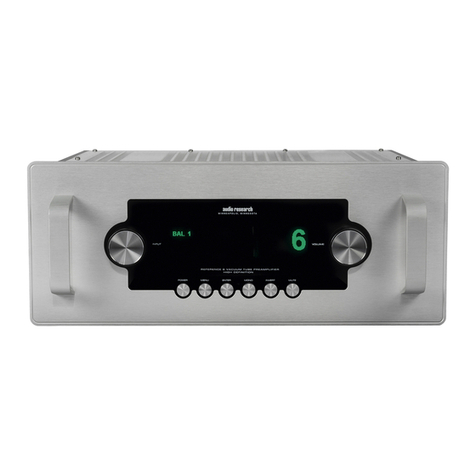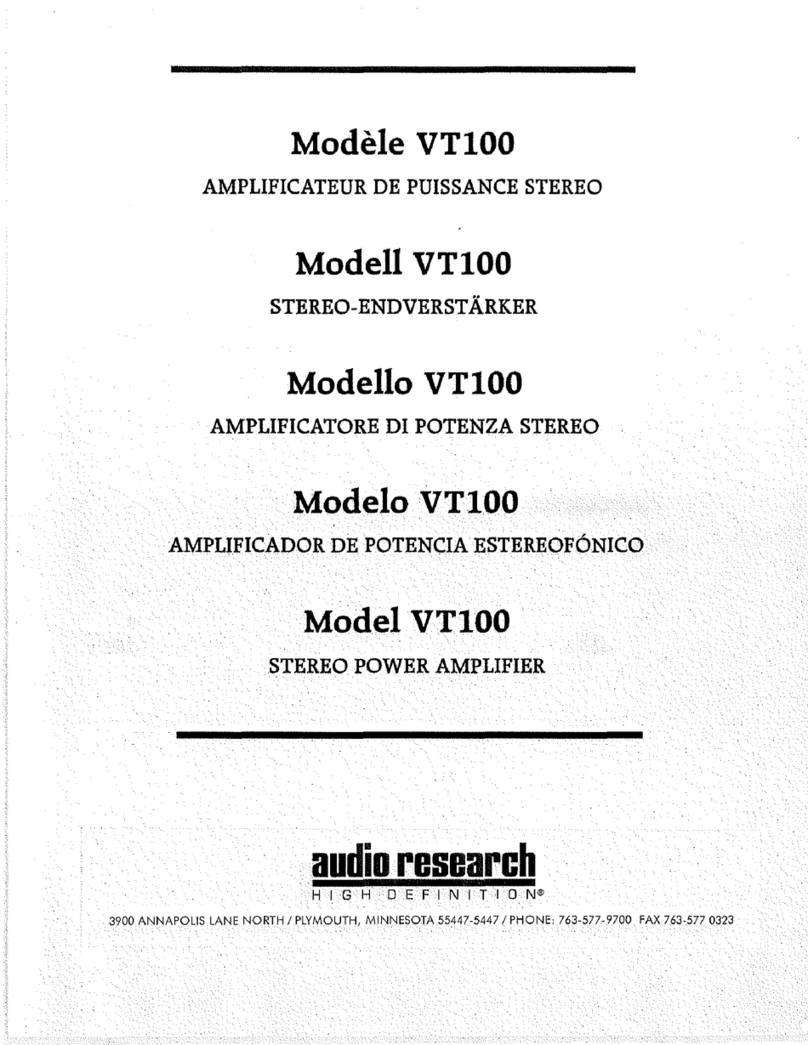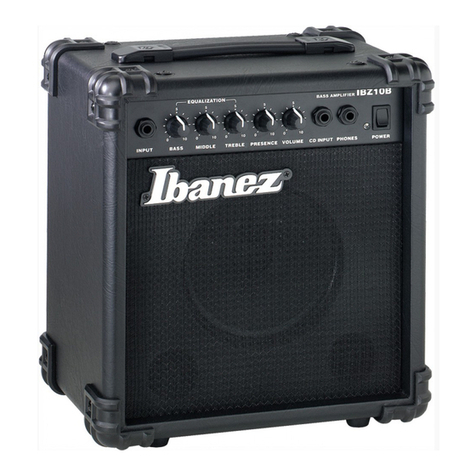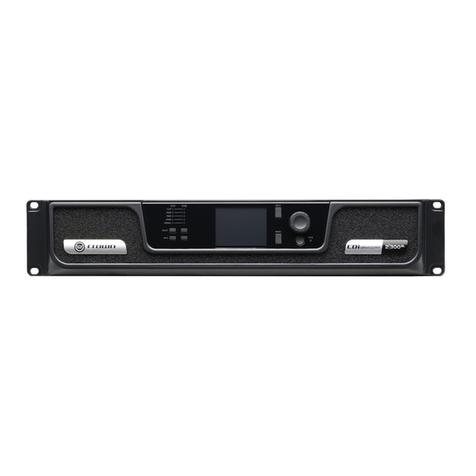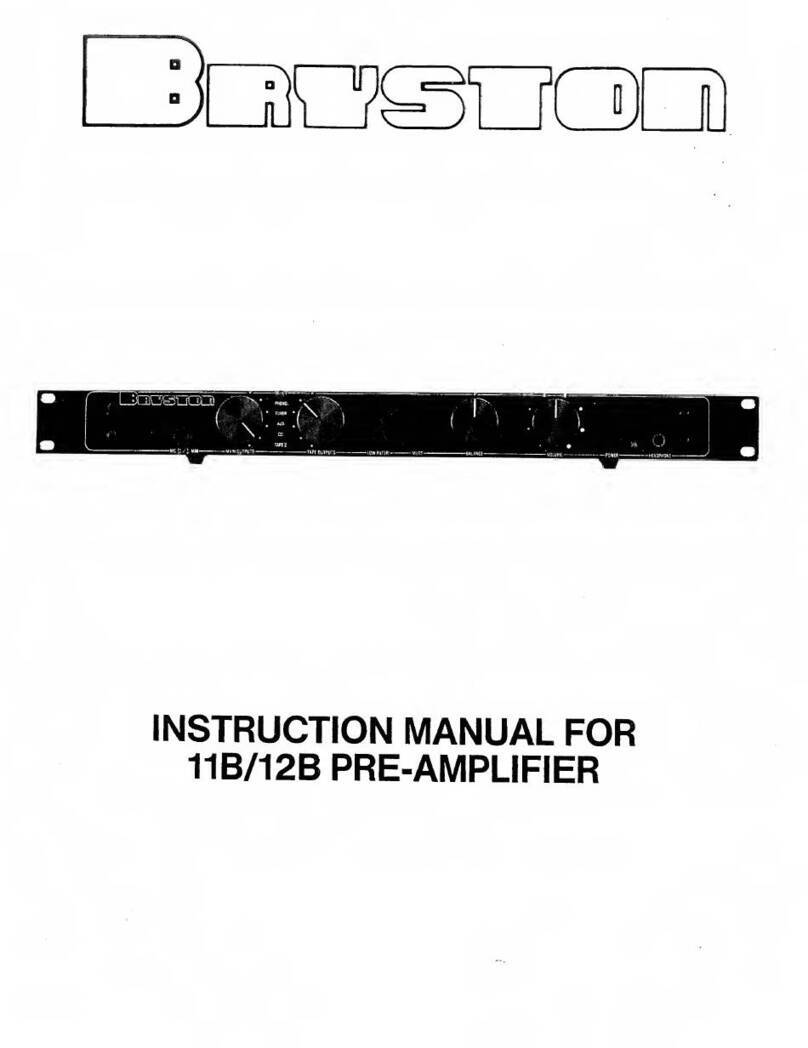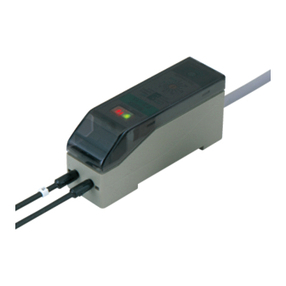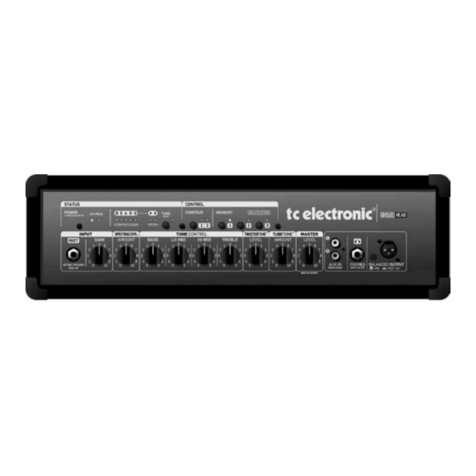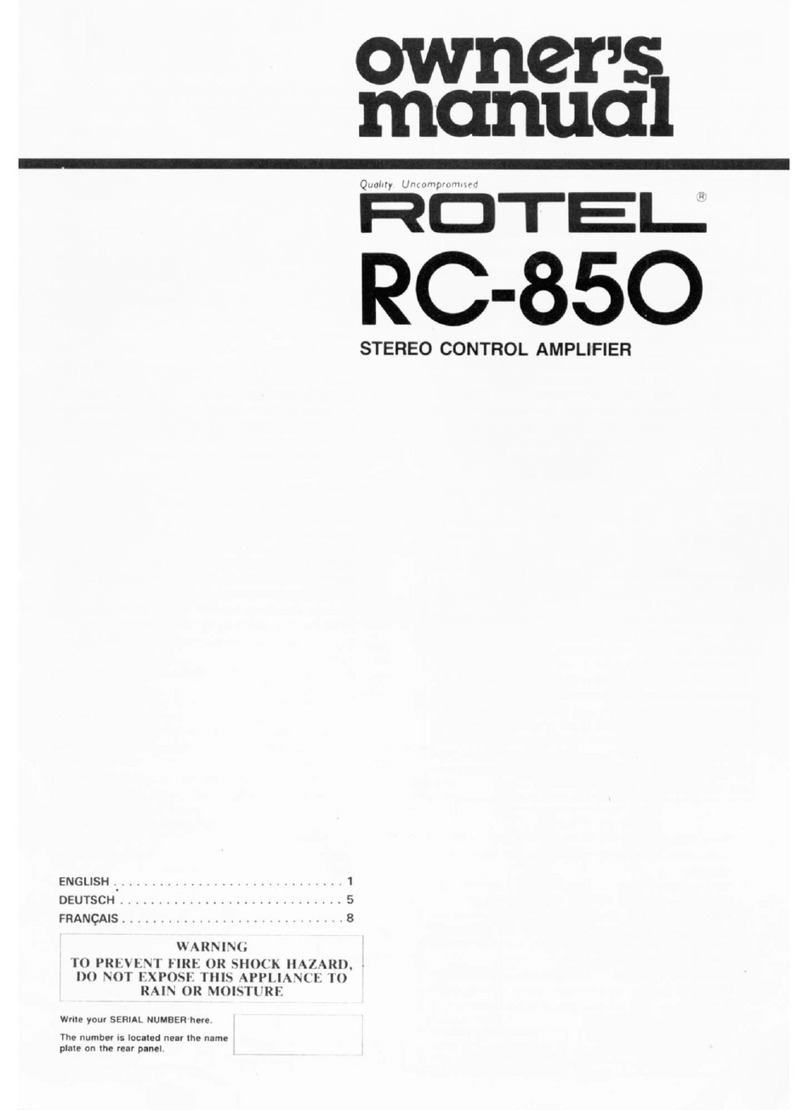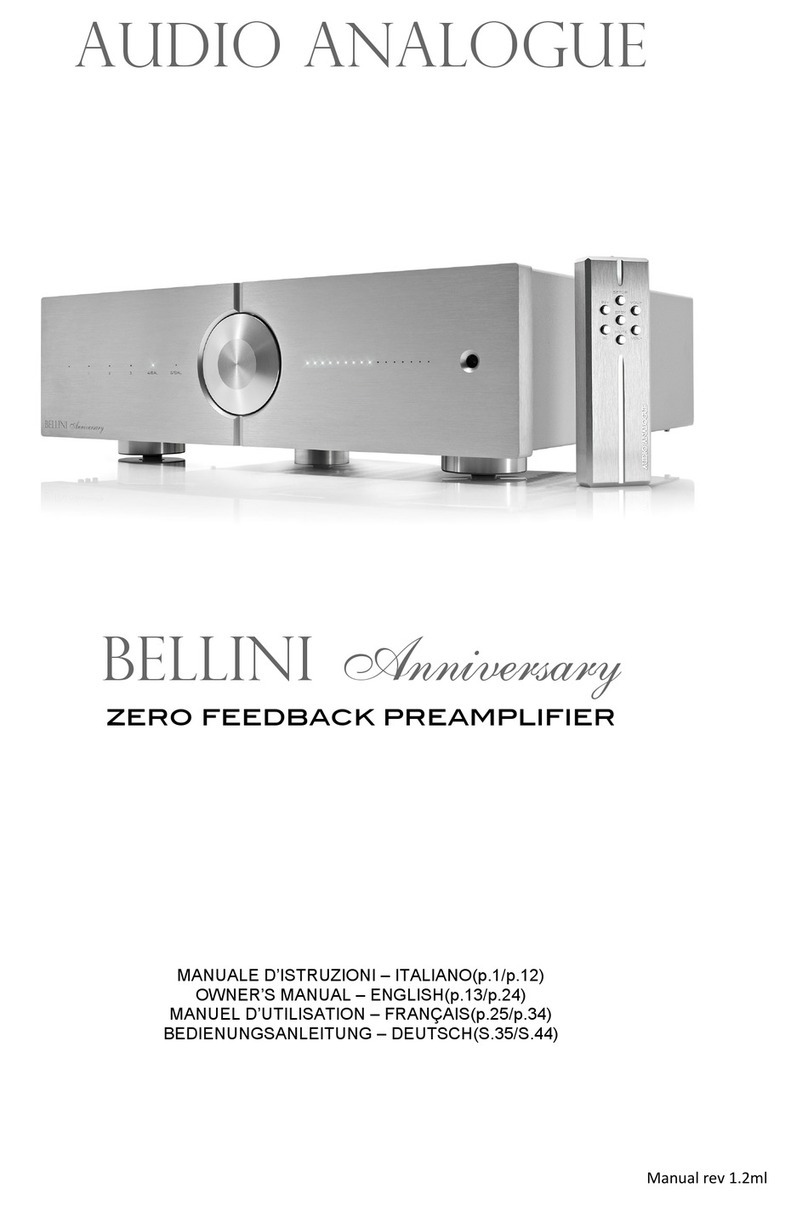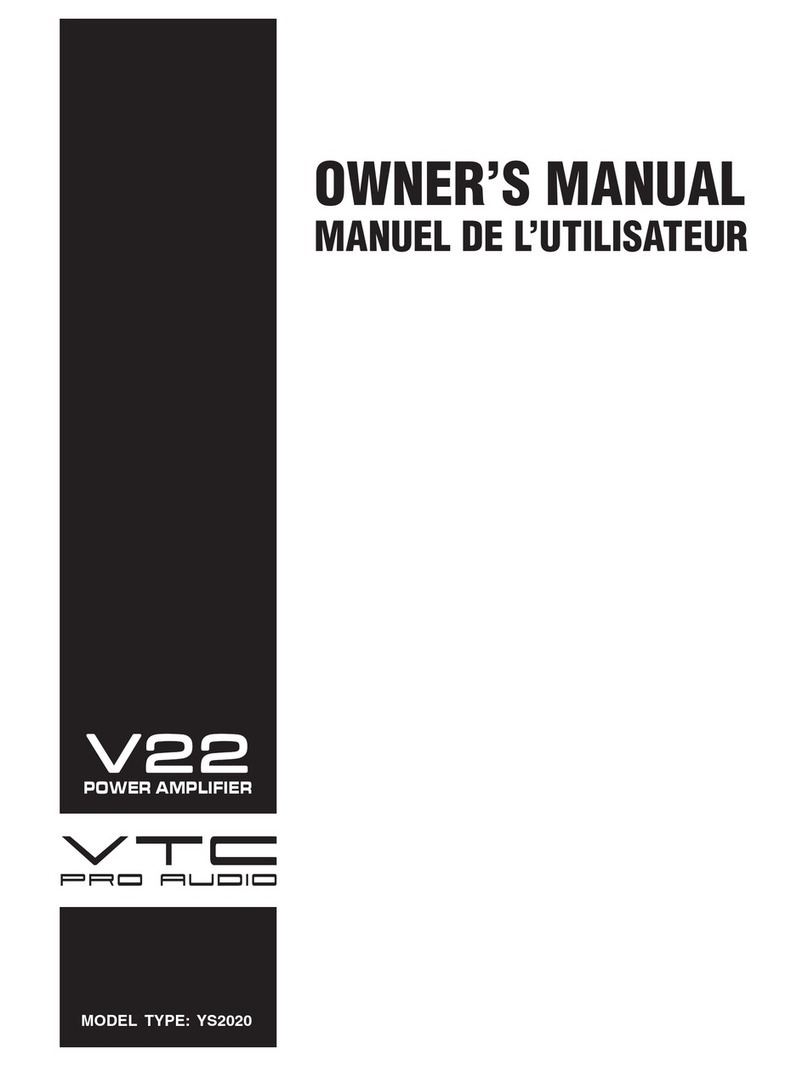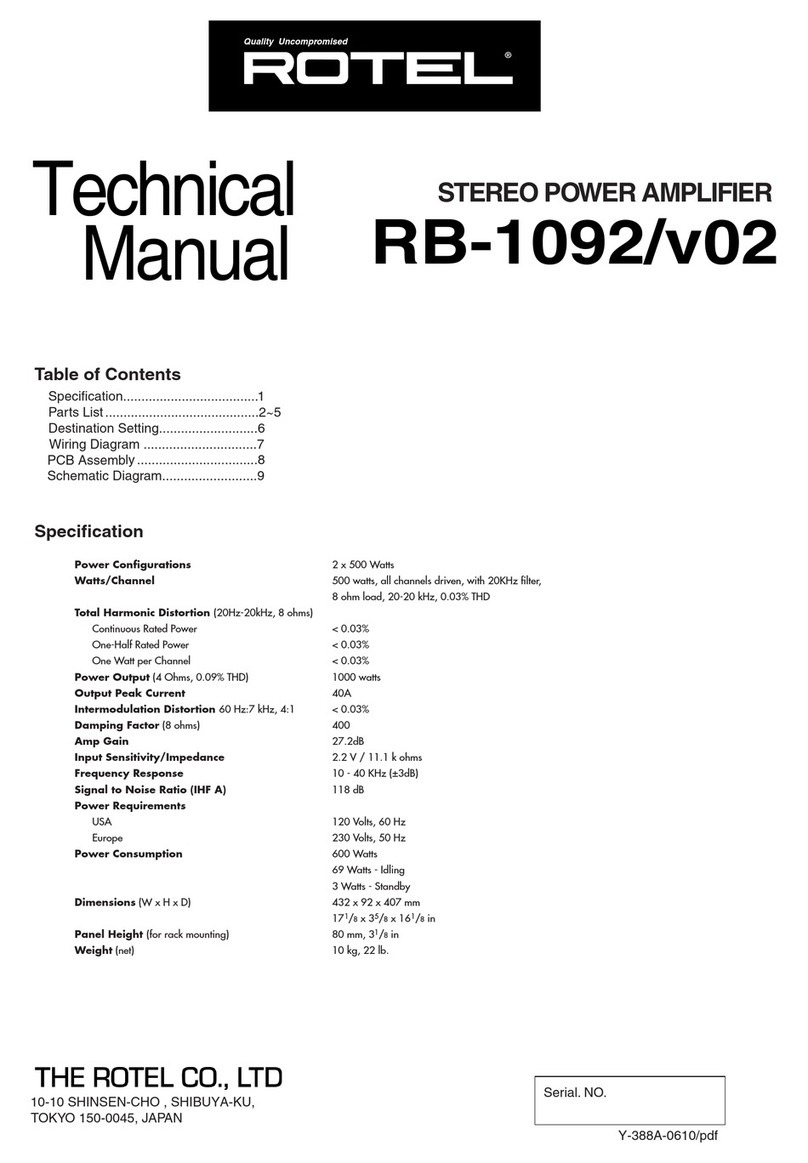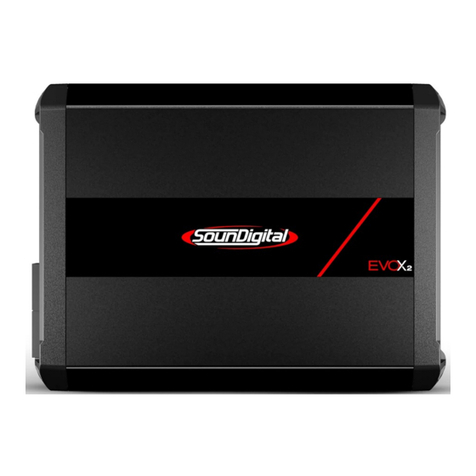Audio Research REF 160M User manual




















Table of contents
Other Audio Research Amplifier manuals
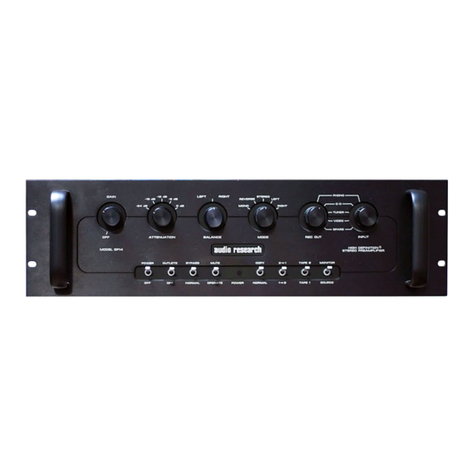
Audio Research
Audio Research SP14 User manual
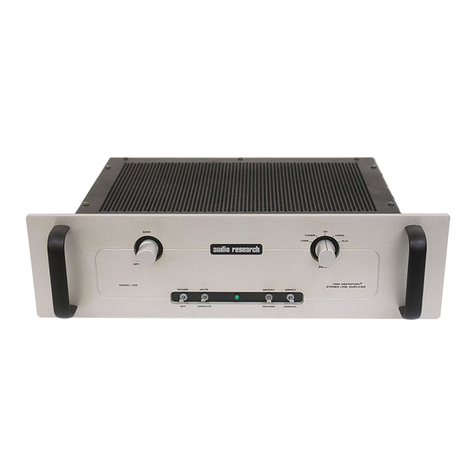
Audio Research
Audio Research LS2 User manual
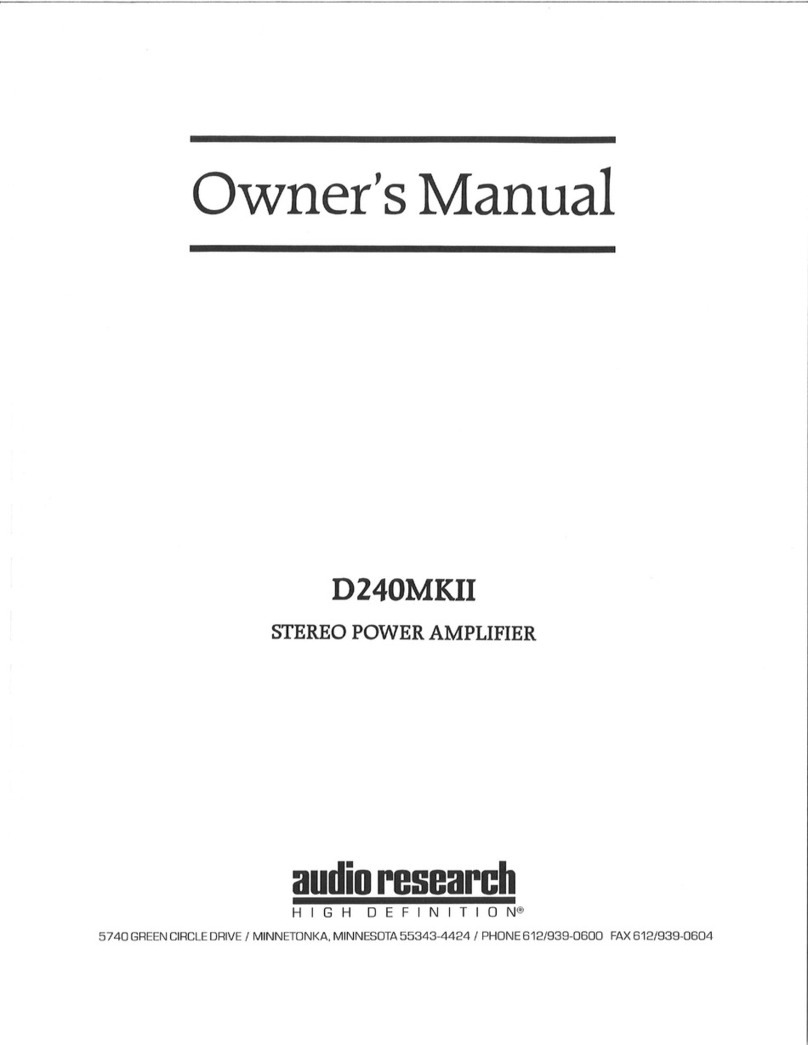
Audio Research
Audio Research D240MKII User manual
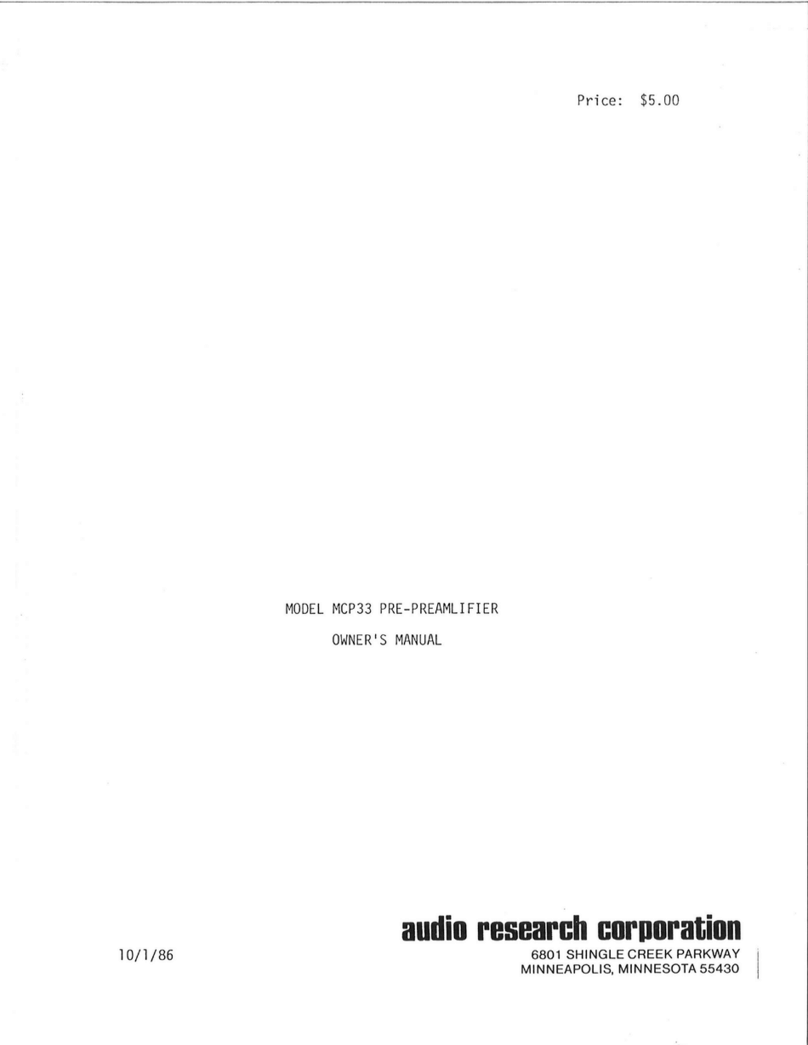
Audio Research
Audio Research MCP33 User manual

Audio Research
Audio Research GSi75 User manual

Audio Research
Audio Research LS5MKIII User manual

Audio Research
Audio Research Classic 150 User manual
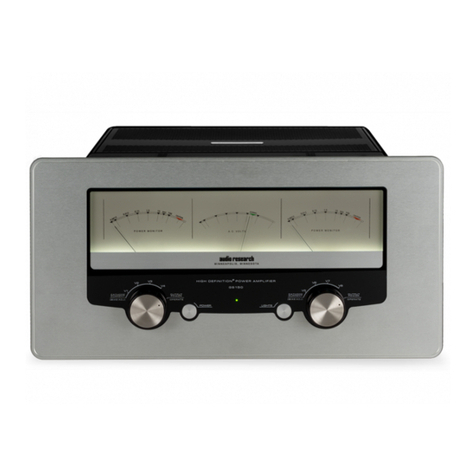
Audio Research
Audio Research GS150 User manual
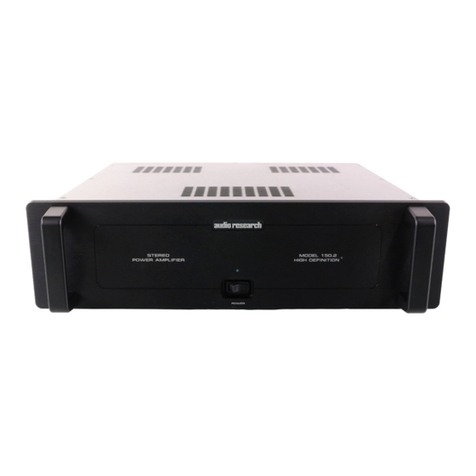
Audio Research
Audio Research 150.2 User manual
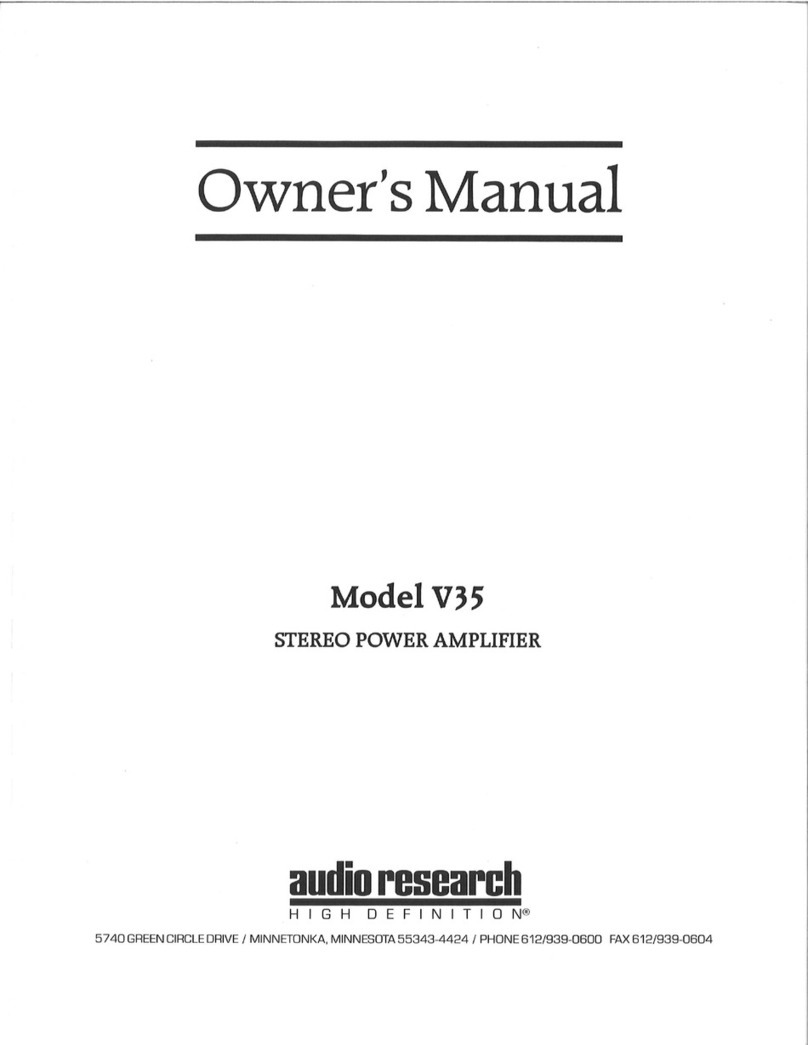
Audio Research
Audio Research V35 User manual
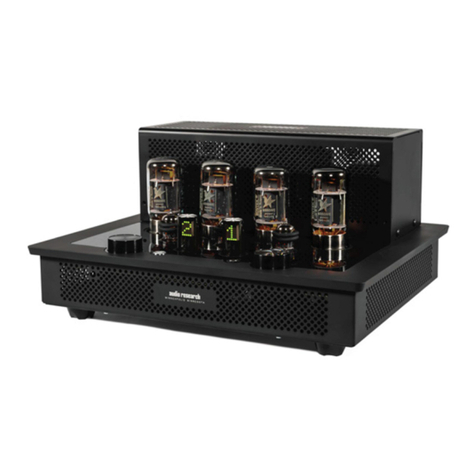
Audio Research
Audio Research I/50 User manual
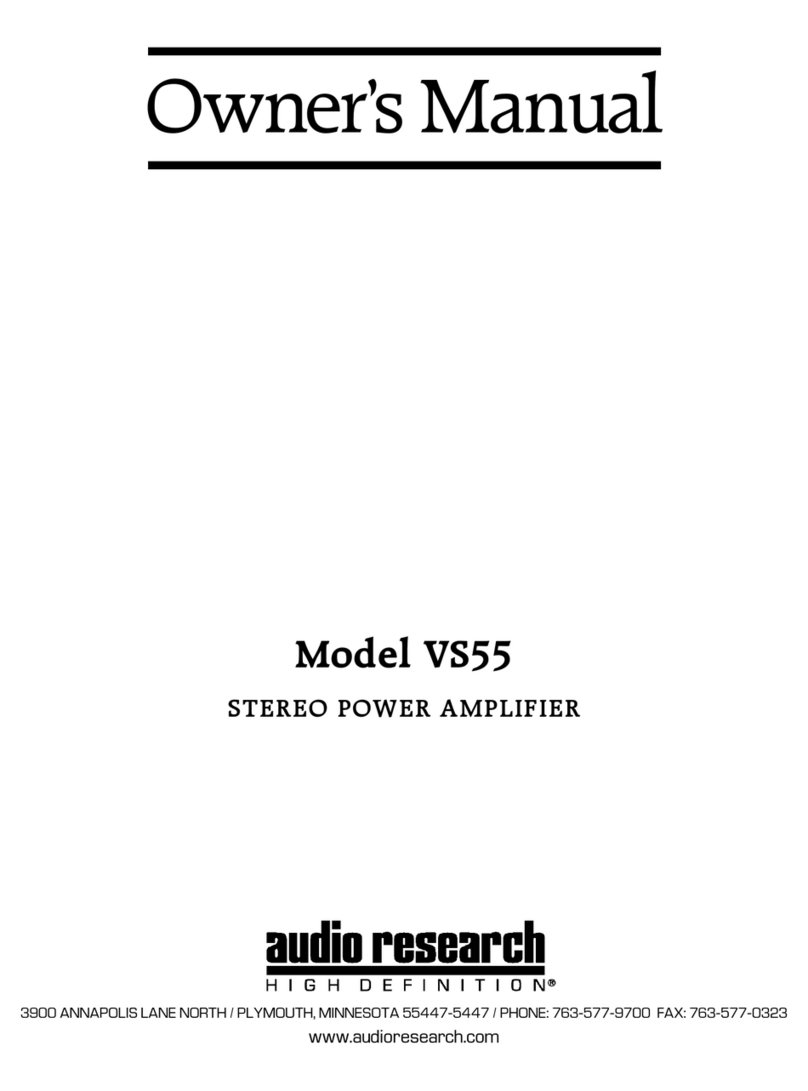
Audio Research
Audio Research VS55 User manual
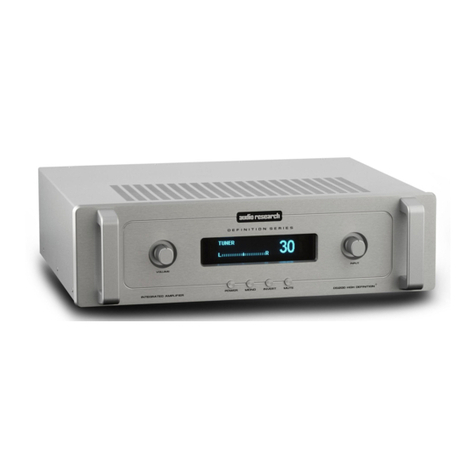
Audio Research
Audio Research Definition DSi200 User manual
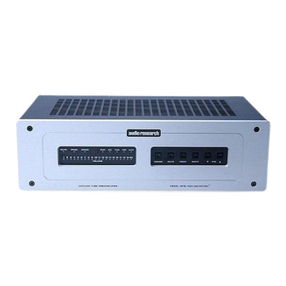
Audio Research
Audio Research SP16 User manual
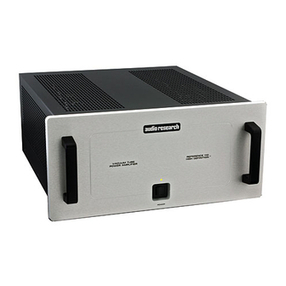
Audio Research
Audio Research Reference 110 User manual

Audio Research
Audio Research GSPre User manual
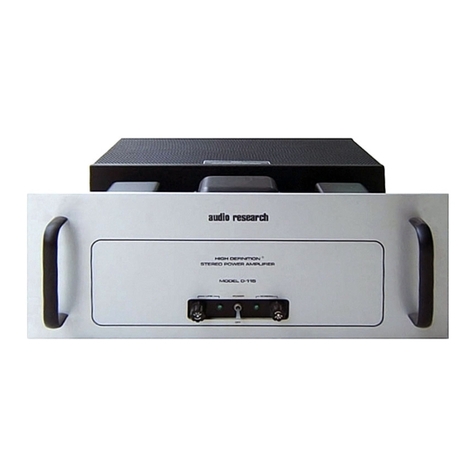
Audio Research
Audio Research D-115 User manual

Audio Research
Audio Research LS5 User manual

Audio Research
Audio Research PH7 User manual

Audio Research
Audio Research SP15 User manual
Popular Amplifier manuals by other brands

Kenwood
Kenwood KAC-848 instruction manual
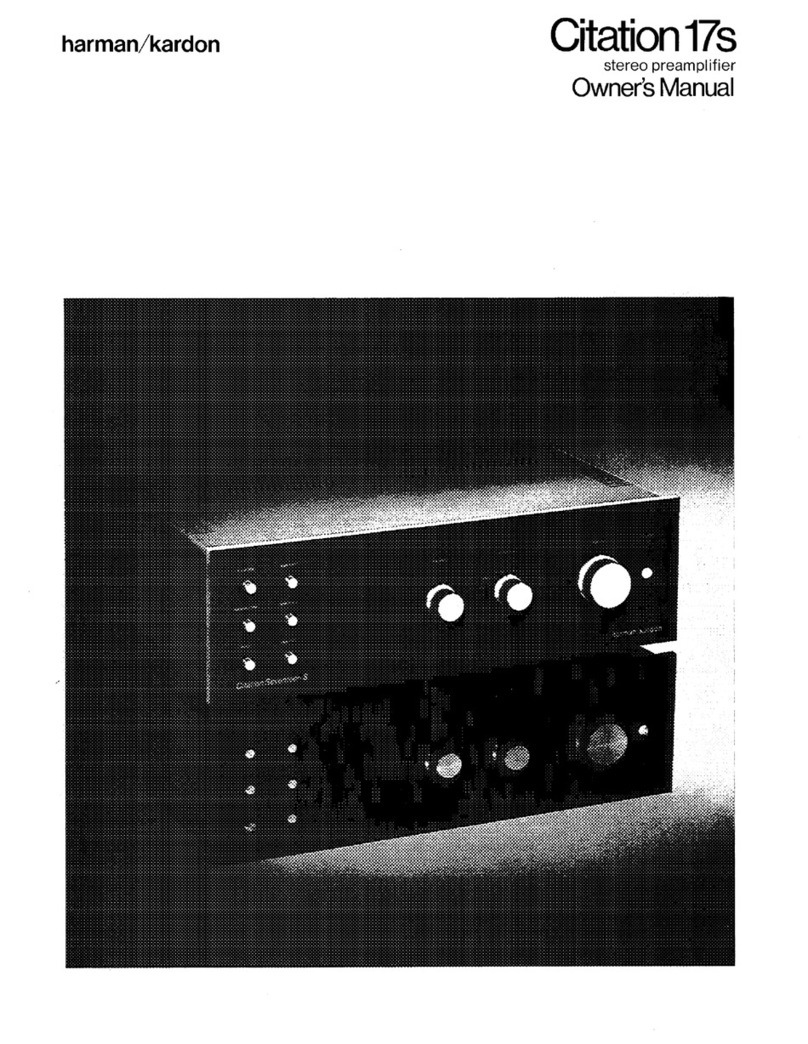
Harman Kardon
Harman Kardon CITATION 17S owner's manual

Advance acoustic
Advance acoustic MAA-706 quick start guide
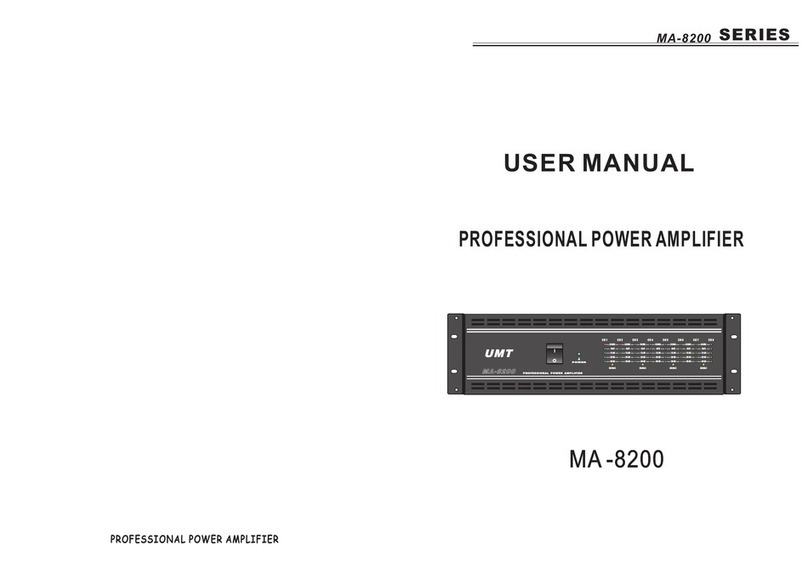
UMT
UMT MA -8200 user manual
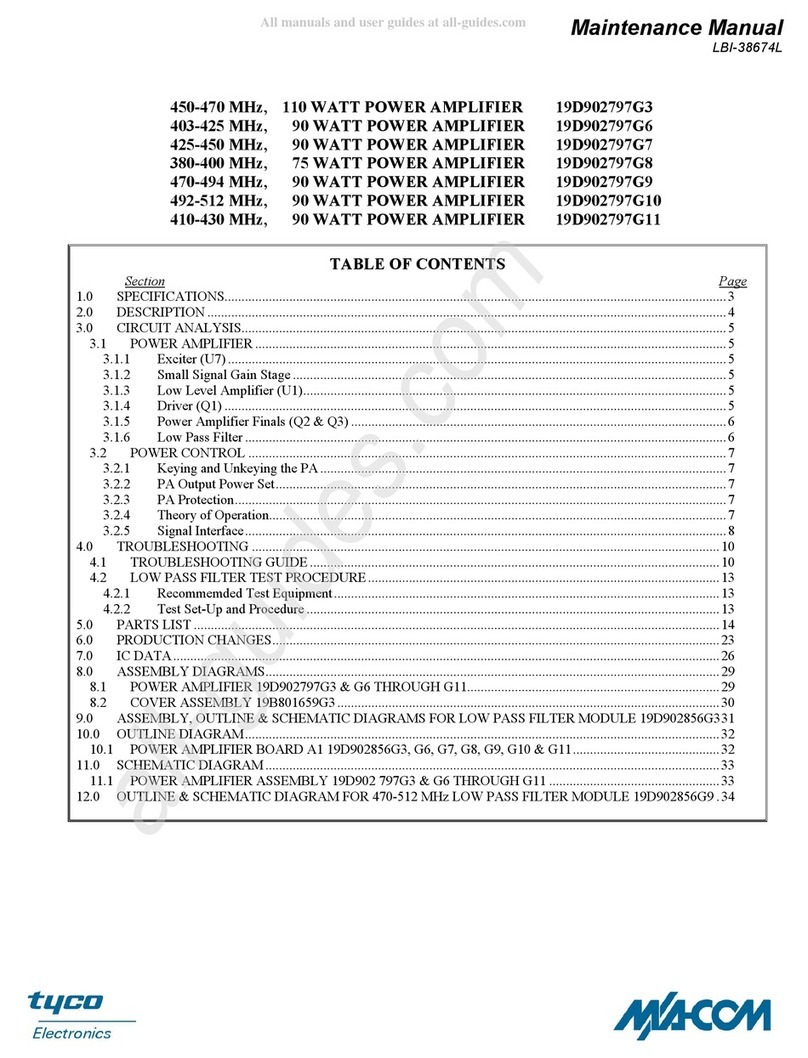
Tyco Electronics
Tyco Electronics M/A-Com 19D902797G3 Maintenance manual
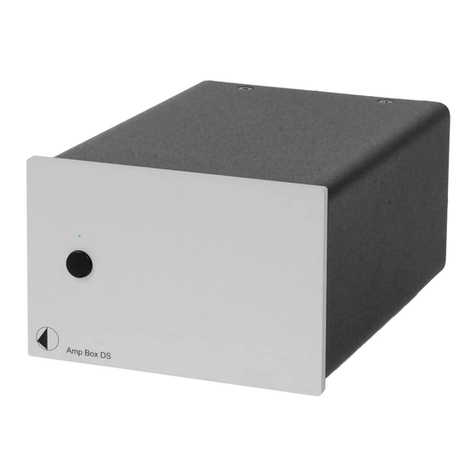
Box-Design
Box-Design Pro-Ject Amp Box DS Instructions for use

